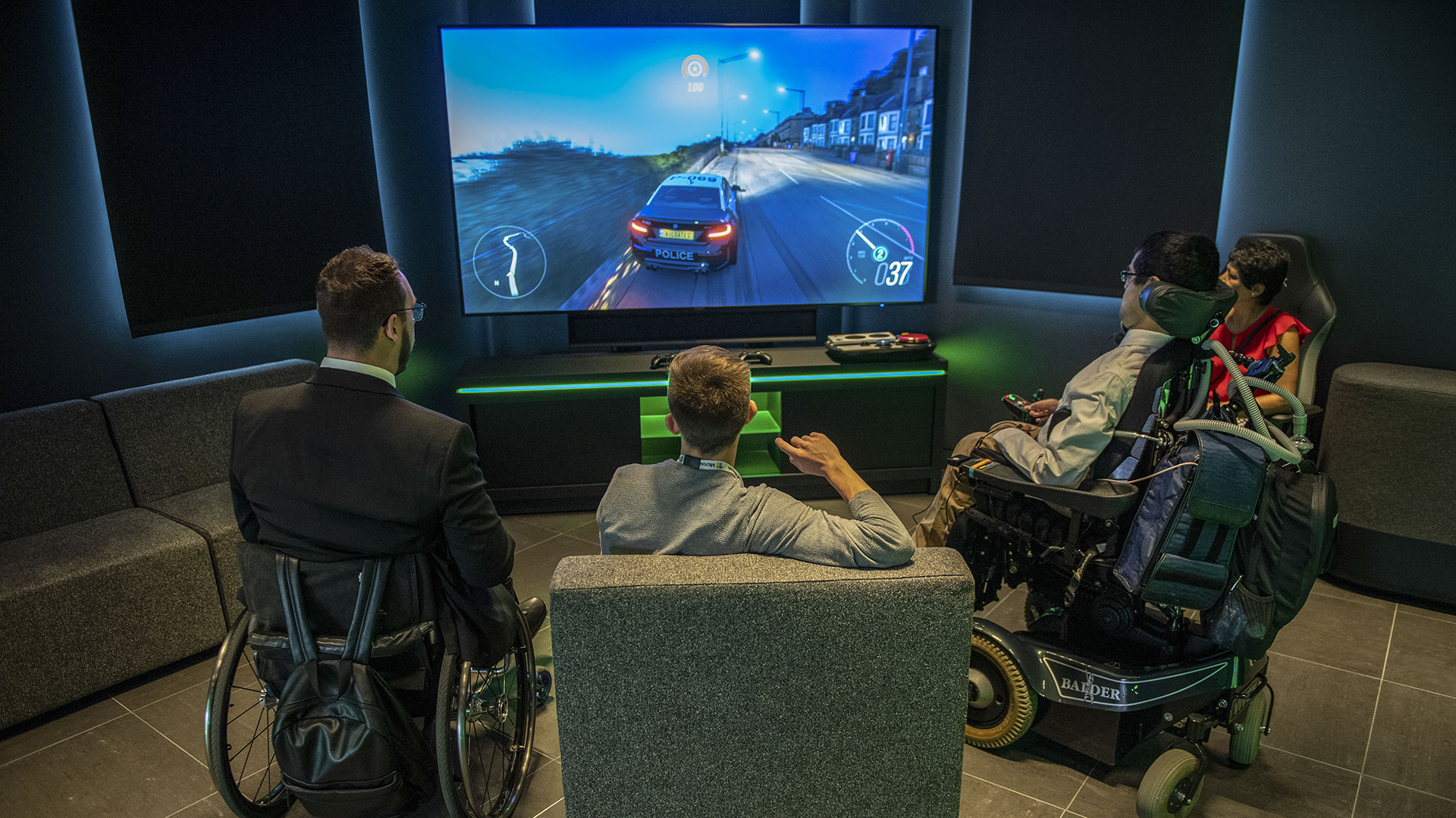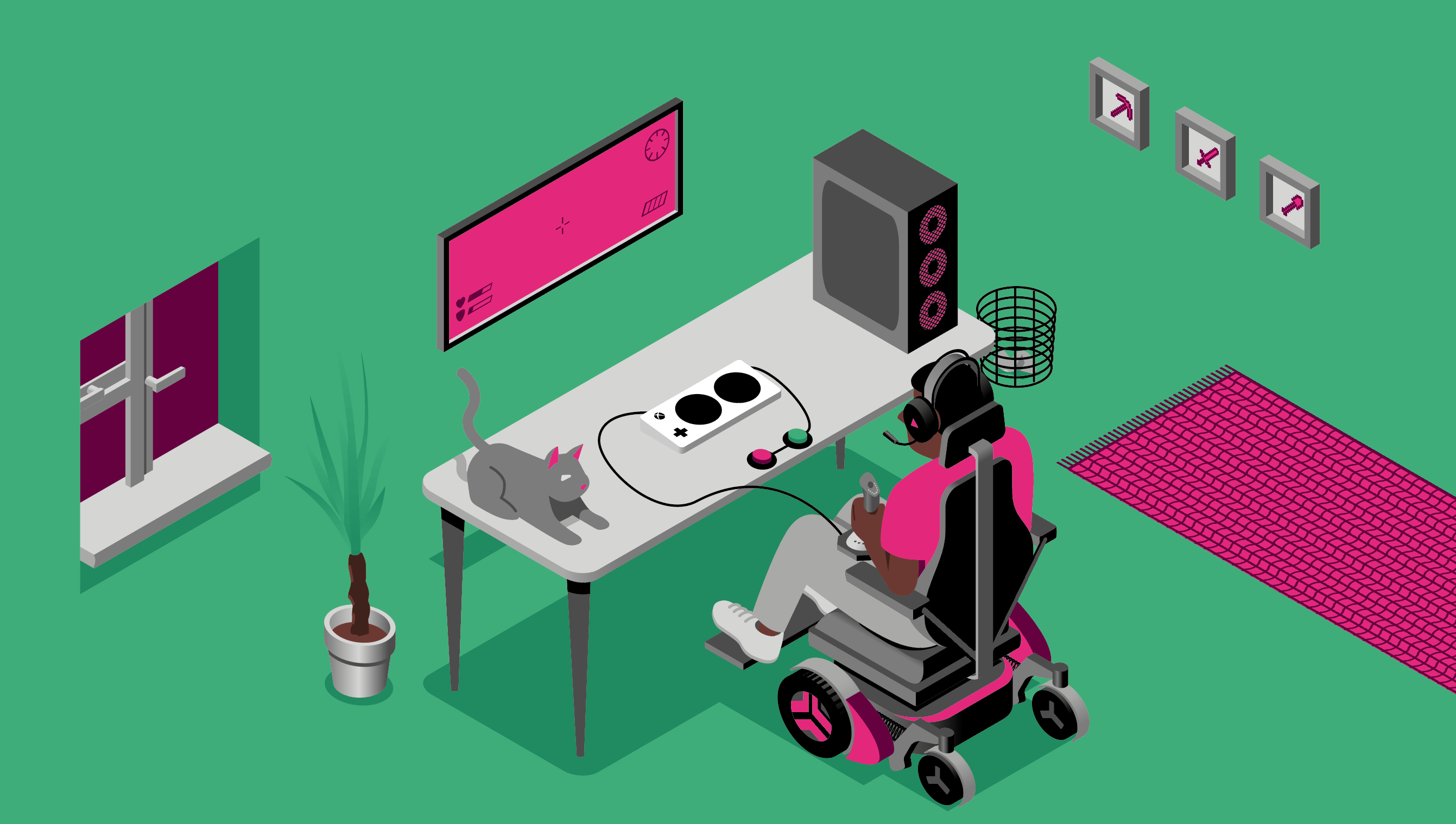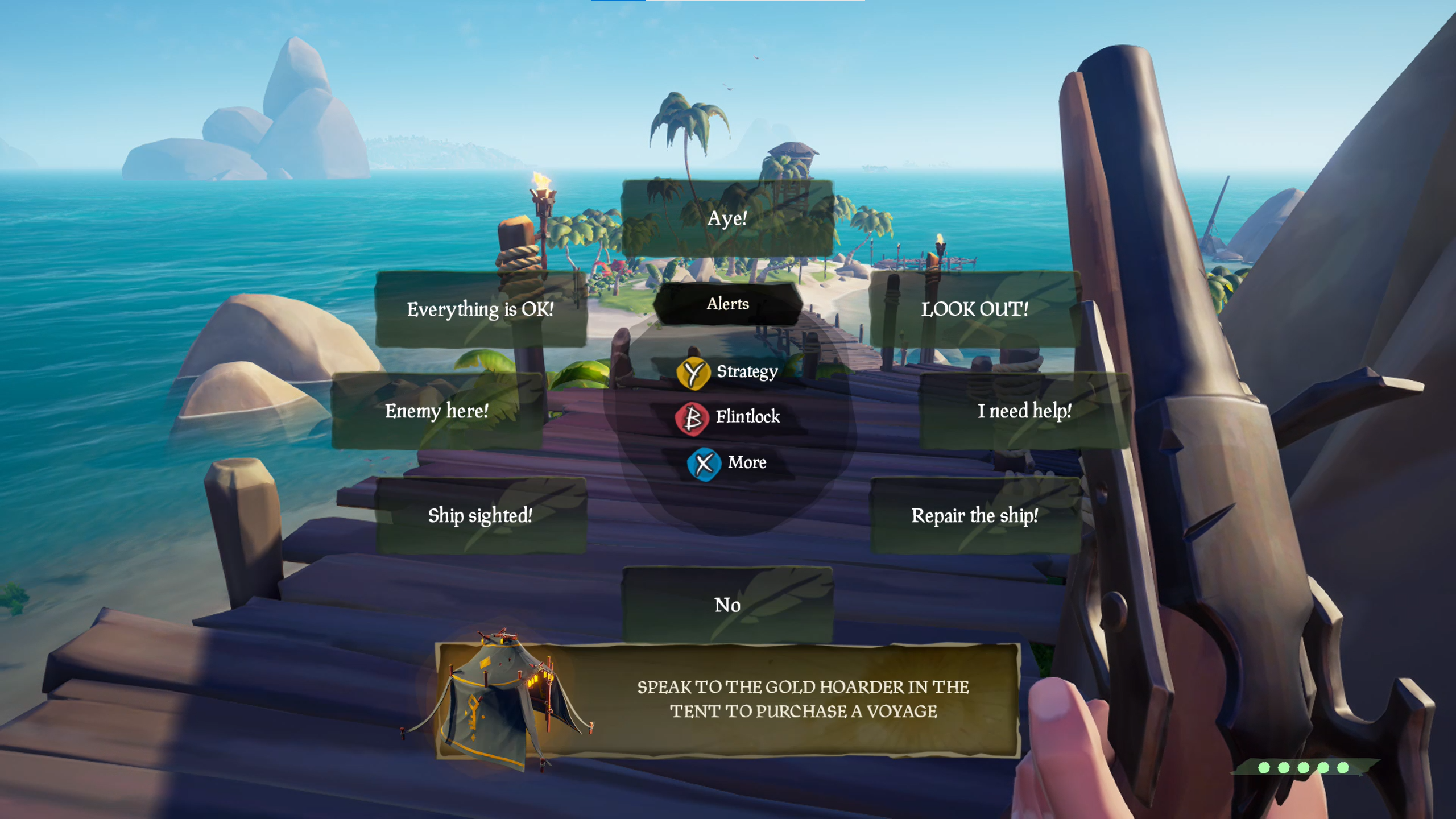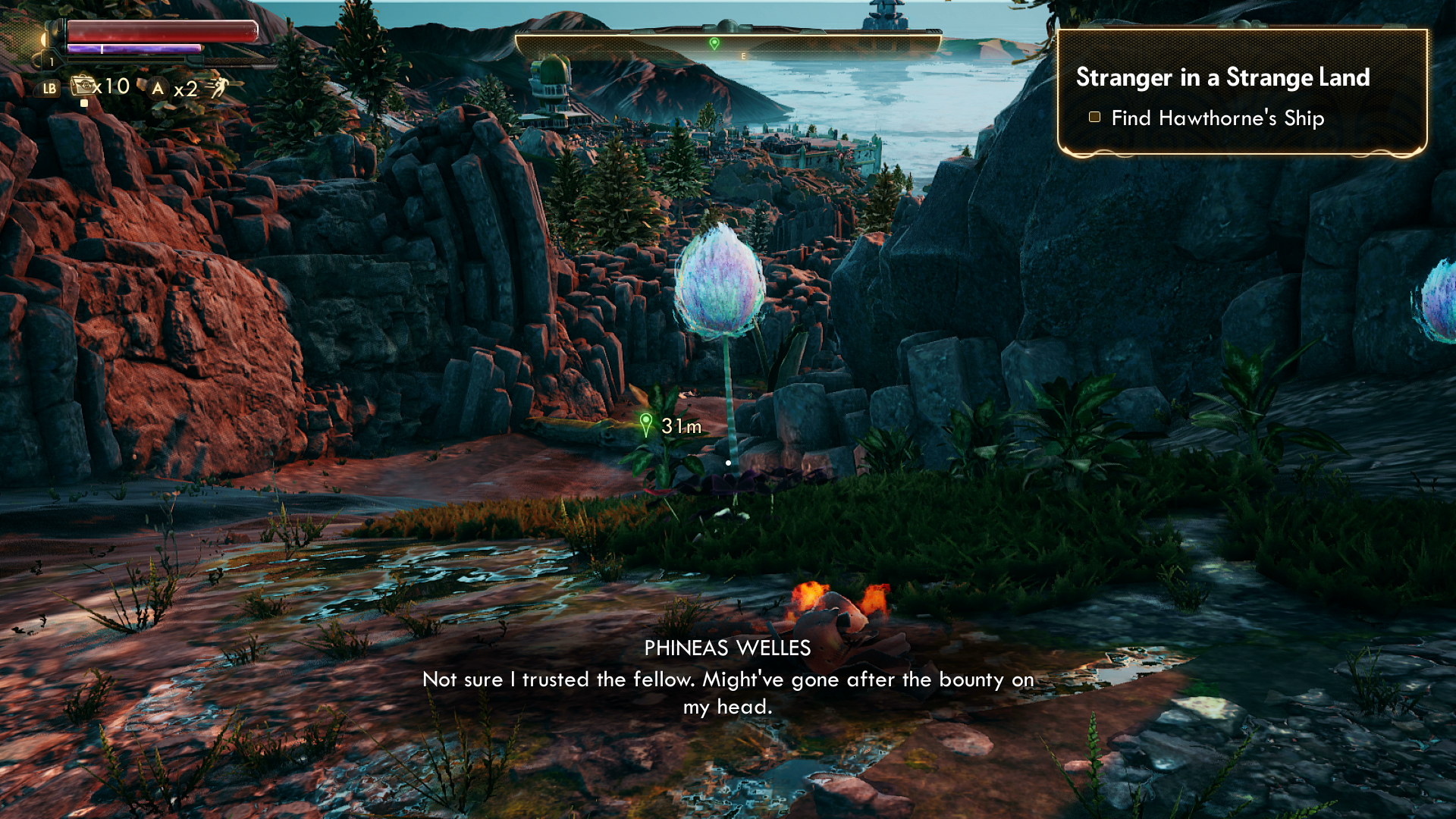Xbox's Accessibility Guidelines tackle the misconception that accessibility is expensive
"If you start with accessibility in mind, it isn't costly and ultimately means more people can play your game."


This feature is part of PC Gamer's Accessibility Week, running from August 16, where we're exploring accessible games, hardware, mods and more.
Creating a game requires a process of constant decision making and design rethinks through which the final user experience is plumbed together. It may seem predominantly preference when deciding on the colour of a menu or whether users are able to adjust the HUD, but there is, more often than not, a correct answer. To choose wisely, or to hand that decision over to players, is the key to making games more accessible.
Helping developers make the right decisions are the Xbox Accessibility Guidelines (XAG)—pages with myriad accessibility best practices outlined within. These outline the specific and practical considerations for a developer when building their game to allow disabled gamers to play, including such things as how to display clear text, UI, and game objectives, to even appropriate difficulty options.
A major development for the XAG came earlier this year when Microsoft announced developers can ship their Xbox or PC game over to Microsoft for analysis and validation against the XAG guidelines to see if it's up to standard as a part of its new Gaming Accessibility Testing Service. With that in mind, it seemed only fitting to speak with Microsoft regarding the XAG and the response it has received from developers so far.
And who better to explain it than Anita Mortaloni, director of Accessibility at Xbox.
"One of the common misconceptions in the development process is that accessibility is expensive," Mortaloni says. "And if you wait until the end of a game's development process to retrofit accessibility, it will be.
"But if you start with accessibility in mind, it isn't costly and ultimately means more people can play your game."
One of the common misconceptions in the development process is that accessibility is expensive. And if you wait until the end of a game's development process to retrofit accessibility, it will be.
Anita Mortaloni
The key here being getting in on accessibility early, which Microsoft believes any game dev can do with its library of guidelines and validation. I was curious to see how much of a back and forth there is between Microsoft and developers regarding the XAG and the findings of its testing programme once those initial steps are completed, though.
The biggest gaming news, reviews and hardware deals
Keep up to date with the most important stories and the best deals, as picked by the PC Gamer team.
"Including accessibility in a game isn’t a checkbox or something that is done one time during the game development cycle. We encourage teams to continue to ask questions, co-develop with people with disabilities and iterate throughout the entire development of the game," Mortaloni explains.
The XAG is tailored specifically to what Microsoft calls 'gamer personas'. It's these personas that outline different needs of the player, be that difficulty with hearing, vision, or the use of a prosthetic that isn't catered for by mainstream controllers, to name only a few. As such, there's never going to be a firm template for every gamer.

One way to drastically improve accessibility for all, then, is to hand the freedom to players to tweak the game to what they need and want.
"If there was only one thing that developers should take away from the Xbox Accessibility Guidelines to make their game more accessible it is to provide options," Mortaloni says. "Having options allows players to customise their experience to meet their needs."
If there was only one thing that developers should take away from the Xbox Accessibility Guidelines to make their game more accessible it is to provide options.
Mortaloni points me to the Xbox Gaming and Disability Player Experience Guide, which is intended to offer developers an insight into game mechanics and decisions that could cause issue for players with disabilities. It differs from the XAG in that it attempts to outline the potential barriers facing disabled gamers, rather than how to fix or circumvent them.
The interesting part here is how the Player Experience Guide explains the process of eliminating barriers. An example it gives is a player with low vision and cognitive disabilities being unable to read the game text due to use of serif font.
It poses two solutions. One is the developer replaces the serif font with a sans serif font. The other is to implement a 'facilitator', which in this case provides players with the option to choose from multiple font types.
While the serif font eliminates one barrier, the option for users to choose from multiple font types potentially eliminates many more.
It's all starting to make sense why great accessibility options are much harder to retrofit into a game. If you build your game with accessibility in mind then you won't be trying to scramble to make all your text boxes fit three new fonts days prior to it shipping.

The Player Experience Guide links right back to the guidelines, or facilitators, recommended within the XAG. These aren't set in stone, however, and likely never will be. The XAG is being regularly tweaked by feedback received from disabled gamers and industry experts.
"The Xbox Accessibility Guidelines are a living, continuous set of best practices that we anticipate will continue to evolve with the gaming industry and society," Mortaloni says. "We are continuing to learn, get feedback and will adapt to meet the needs of the developers that use these guidelines."
The XAG should then not only spark a discussion to make the development of accessibility features as much a part of the conversation as any other, but also foster an idyllic view of accessibility in games over the coming years.
Something of a blueprint for accessibility in gaming, then.

Jacob earned his first byline writing for his own tech blog. From there, he graduated to professionally breaking things as hardware writer at PCGamesN, and would go on to run the team as hardware editor. He joined PC Gamer's top staff as senior hardware editor before becoming managing editor of the hardware team, and you'll now find him reporting on the latest developments in the technology and gaming industries and testing the newest PC components.

